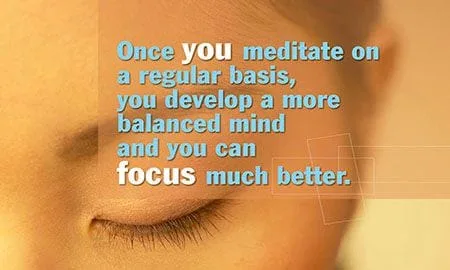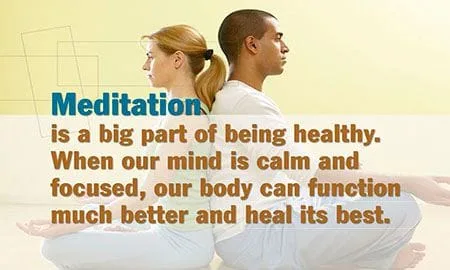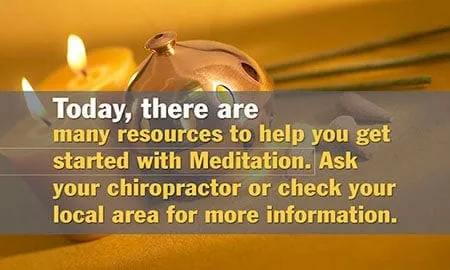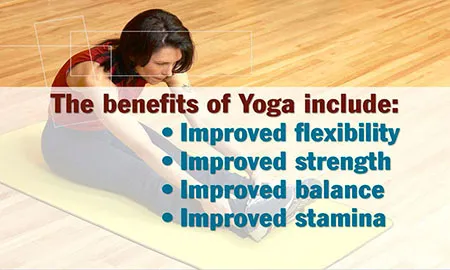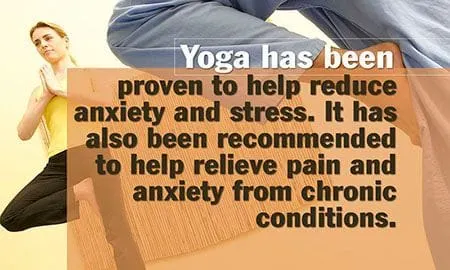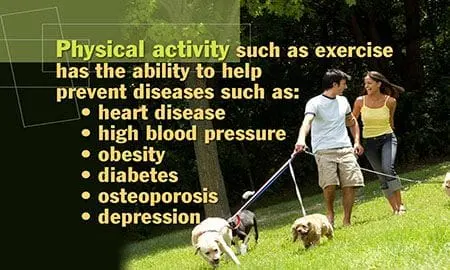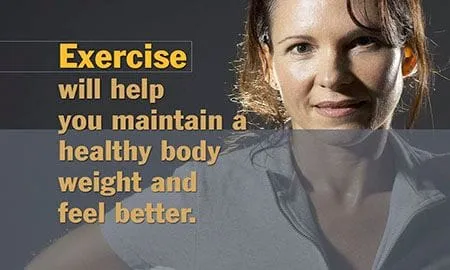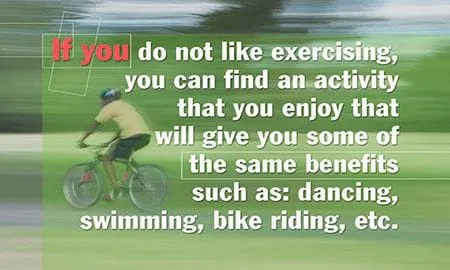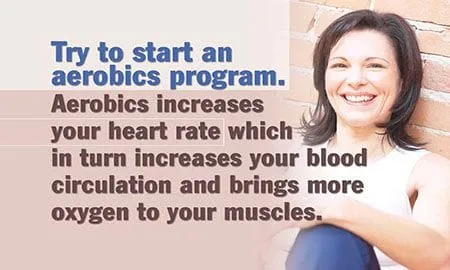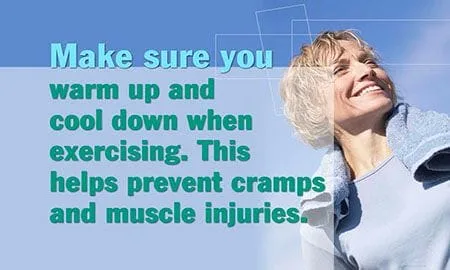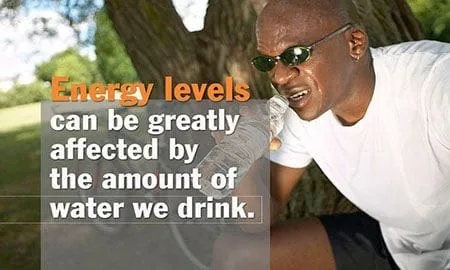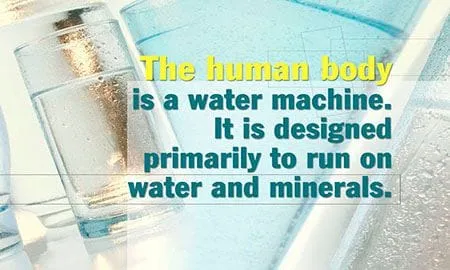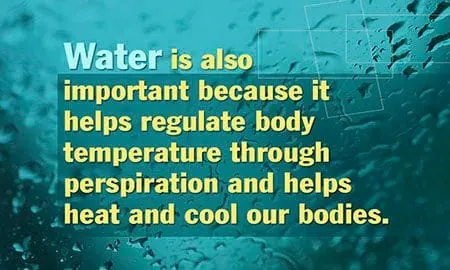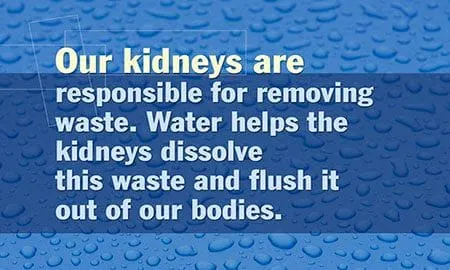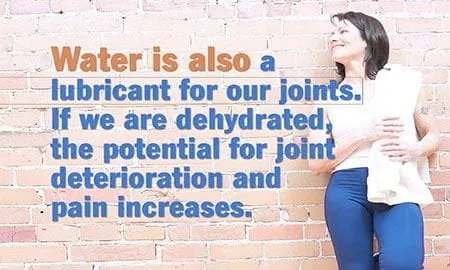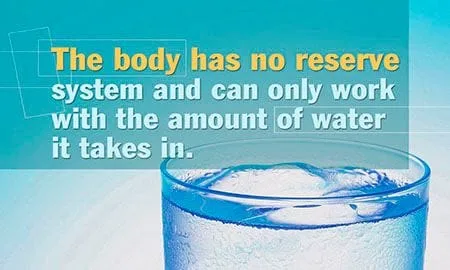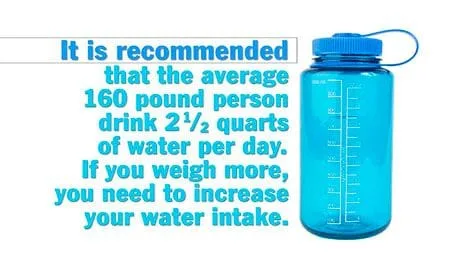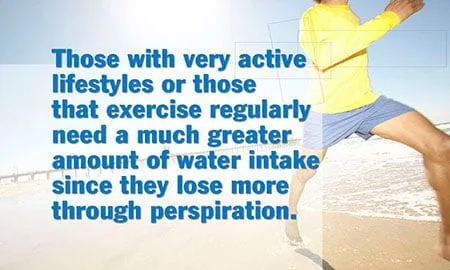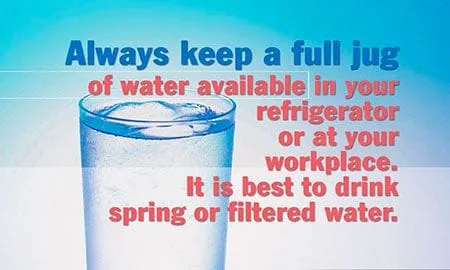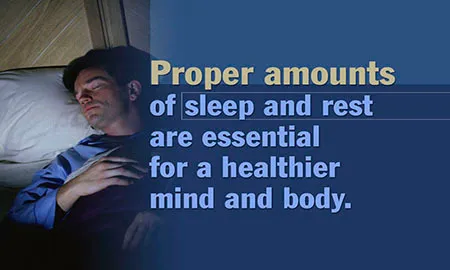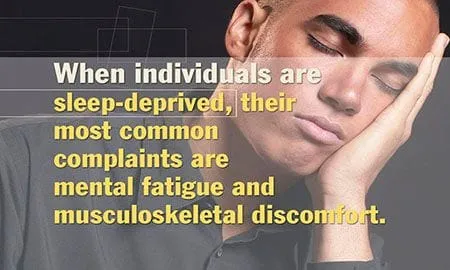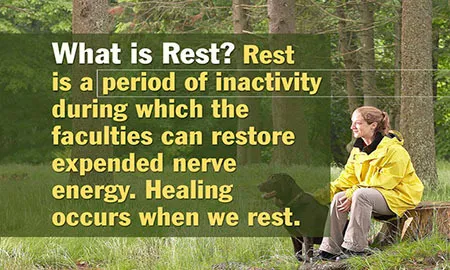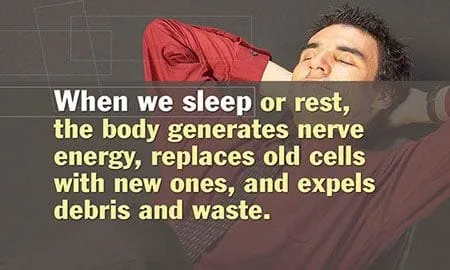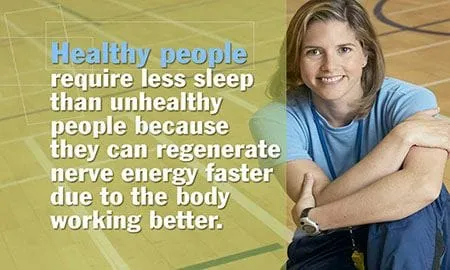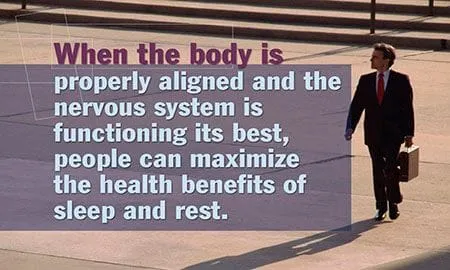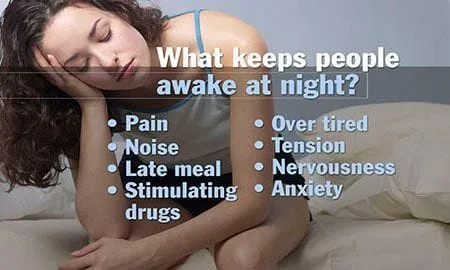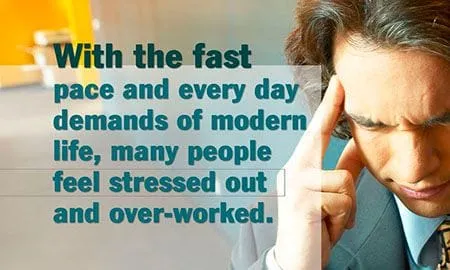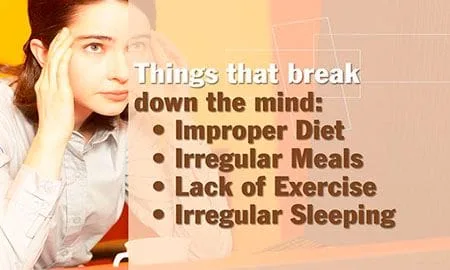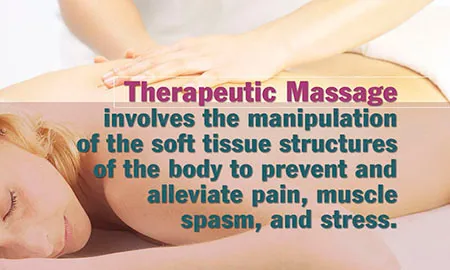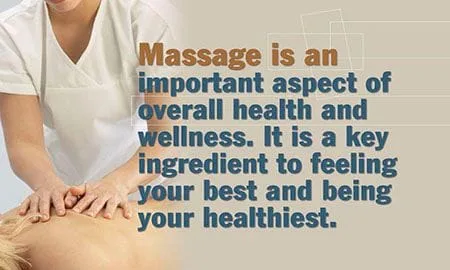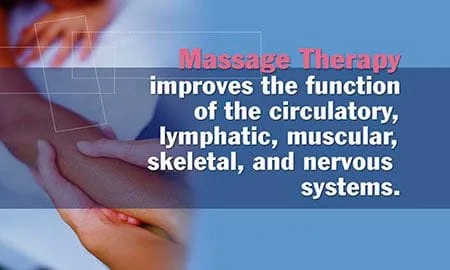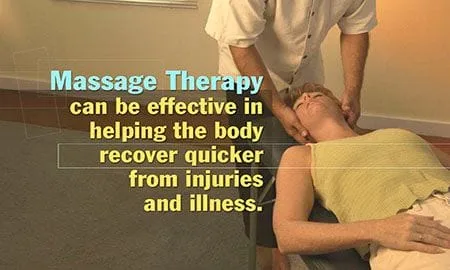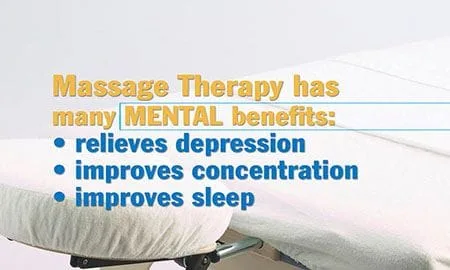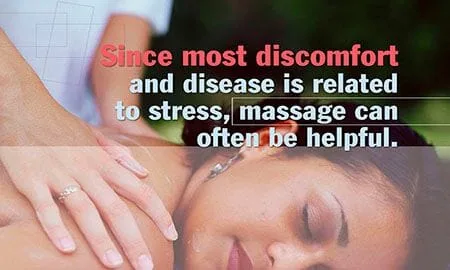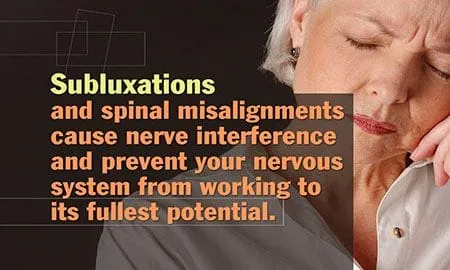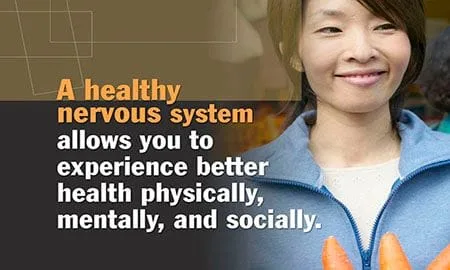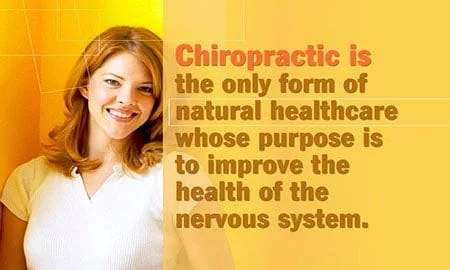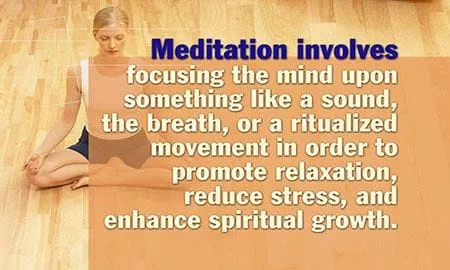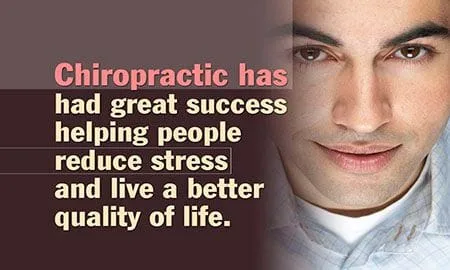Orthotics and Chiropractic Treatment
Everything changes when the foot hits the ground
Truer words have never been spoken. In order to treat someone with pain effectively and most successfully, the treating chiropractor must examine their patient's movement patterns. This begins with how they walk.
Orthotics, also known as insoles, orthoses, or shoe inserts, are designed to correct foot posture and abnormal or irregular walking patterns.
Foot orthotics are not just "arch supports," although this term is often used to describe them. They perform functions that make your everyday activities more comfortable and efficient by altering the angles at which the feet strike the ground when standing, walking, jogging, running, and jumping.
What Are Orthotics?
Orthotics are shaped insoles placed inside shoes with the purpose of restoring natural foot movement. This is necessary when the natural balance of our lower body has been disrupted by, for instance, over-pronation.


Many common complaints such as heel pain, knee pain and lower back pain can be caused by poor foot mechanics.
Why Should I See a Chiropractor For Orthotics?
Traditionally most people would go to a podiatrist to have custom orthotics fitted. So why should I see a Chiropractor for Orthotics?
The Chiropractors at Evans Chiropractic Health Clinic have received specialized training to determine if you require custom foot orthotics.
Chiropractors treat the whole body and can determine how the use of orthotics can improve your response to treatment, for example, a back, hip, knee or ankle pain and dysfunction.
We also use specific mobilization and manipulation techniques to the feet and ankles to ensure that areas of restricted movement are released, which will have an effect on how your feet are functioning and will help your problem resolve more completely.
It doesn't make sense to just put a corrective orthotic in a shoe without first using manipulation to clear the restrictions in your feet, ankles, and low back. Once all the related joints are moving freely the doctors will then prescribe specific exercises to stretch and strengthen the supportive musculature.
For example, if you came to us complaining of back pain we would not just give you a back support belt and leave you to it. We would combine manipulation and exercise in order to restore full and normal function.
So why use orthotics at all?
Why not just use manipulation and exercise? Well, we do, when it is appropriate. Not all people need orthotics. But if the ligaments and muscles are not strong enough to support your feet to prevent further injury when you are standing, then you need orthotics for support and stablity.

Custom orthotics are inserts that are specially molded to your feet. The best orthotic is custom made for your feet and how they move. This is best done in the clinic by your treating chiropractor. The casts of your feet are made with you lying down as this is the easiest way for the treating chiropractor to obtain a mold of your arch as it should be when you stand. Orthotic molds made with the patient standing cannot achieve the same level of correction as those made with the patient lying down.
How Exactly Do Orthotics Work?
First of all, orthotics do a lot more than support the arches of the feet. Orthotics realign the feet and ankles and restore deficient foot function. In addition, orthotics enable a more even weight distribution, taking pressure off sore spots at the heels, balls of the feet, between toes, at bunions, and soles of the feet. They also provide a degree of shock absorption, but this is not their main purpose. The main purpose of an orthotic insole is to improve foot function, in many cases reducing pain and preventing problems and injuries in the future.
Are orthotics for me?
Biomechanical problems affecting the feet can increase stresses within the foot structures and the surrounding soft tissues, creating localized pain in the feet and ankles as well as problems in the lower limbs, knees, hips and back.
Orthotics allow joints to be aligned correctly and promote efficient transmission of the forces of standing, walking, jogging, running and jumping.
And as a result a foot orthotic therefore helps to:
- Reduce pain
- Provide support
- Prevent or halt the development of foot deformity
- Provide better positioning of the feet
- Relieve pressure on a certain area of the foot
- Improve the overall biomechanical functioning of the feet
- Improve pelvic alignment
- Reduce lower limb torsion and stress on the knees
In some cases the problem may lie in a number of areas, such as pelvic dysfunction, leg length discrepancies, tight or poorly toned muscles as well as poor posture.
We can use foot orthotics to improve posture and accommodate for a leg length discrepancy.
If we do not find that your problem is caused by your foot position or poor biomechanics, we will not prescribe foot orthotics.
What Specific Conditions May Be Helped?
Correction of poor foot biomechanics with orthotics can improve and prevent many types of pain conditions and symptoms such as:
Achilles tendonitis, metatarsalgia (pain in the ball of the foot), sesamoiditis, toe pain, ankle pain, tibialis dysfunction, impingement syndrome, plantar fasciitis, neuroma, tendonitis, policeman's heel, heel spur, pronation, bunions, shin pain (compartment syndrome, shin splints), and knee pain (chondromalacia patellae, patello-femoral syndrome).
How Are Orthotics Different From Regular Shoe Insoles?
There is a significant difference between regular insoles and orthotics. Regular insoles are purely designed to provide a cushioning effect and shock absorption. They may feel comfortable at first, however they do not address any biomechanical problems - they are not designed to correct over-pronation. On the other hand, orthotics are a functional device, designed to correct and optimise foot function.
What is pronation?
The most common form of bad foot biomechanics is over-pronation, which is the dropping of the arches and rolling inwards of the feet and ankles, causing flat feet. It is estimated that 70% of people in the western world are affected by over-pronation. This condition presents itself in varying degrees of severity, with some people over-pronating more than others.


The fact that so many of us suffer from over-pronation due to fallen arches can be contributed to the hard and flat surfaces we walk on daily. Other factors that play a role include age, weak ankles and excess body weight. As a result, over-pronation is much more prevalent in people above the age of fifty as well as those who are overweight.
Over-pronation doesn't pose a serious problem in the short term, especially for younger people. However, abnormal foot function over a period of time can lead to serious foot problems like heel pain, heel spurs, plantar fasciitis, and metatarsalgia (pain in the ball of the foot).
Foot problems can also cause pain elsewhere in the body. For example, an over-pronated foot will make the leg rotate inwards (internal rotation) which in turn may have repercussions further up your leg and lower back. As you compensate for the pronated foot you are likely to feel symptoms of aches and pains as far away as the knees, hips and the low back.
Orthotics are an effective and inexpensive solution to the over-pronation problem. Buying a pair of orthotics can be a worthwhile investment to your health as they can prevent many problems.
In Summary
Each foot is an engineering masterpiece. The foot is made up of 26 bones, 33 joints and more than 100 muscles, tendons and ligaments. We tend to take this for granted until something goes wrong and we develop pain.
Biomechanical problems affecting the feet can increase stresses within the foot structures and the surrounding soft tissues, creating localized pain in the feet and ankles as well as problems in the lower limbs, knees, hips, and back.
Orthotics allow joints to be aligned correctly and promote efficient transmission of the forces of standing, walking, jogging, running, and jumping.
And as a result a foot orthotic helps to:
* Reduce pain
* Provide support
* Prevent or halt the development of foot deformity
* Provide better positioning of the feet when they hit the ground
* Relieve pressure on a certain area of the foot
* Improve the overall biomechanical function of the foot
* Reduce lower limb torsion and stress on the knees
At Evans Chiropractic Health Clinics we take a holistic approach to any biomechanical problem. We understand that the problem may not always be located around the area of the body where you have pain.
In some cases the problem may lie in a number of areas, such as pelvic dysfunction, leg length discrepancies, tight or poorly toned muscles as well as poor posture.
If we do not find that your problem is caused by your foot position or poor biomechanics, we will not prescribe foot orthotics.


